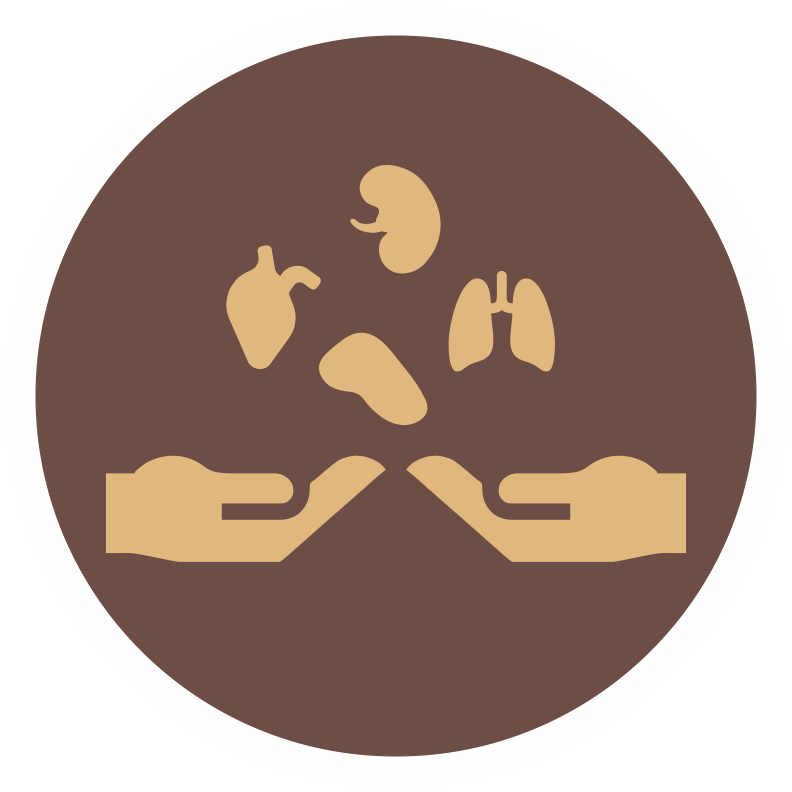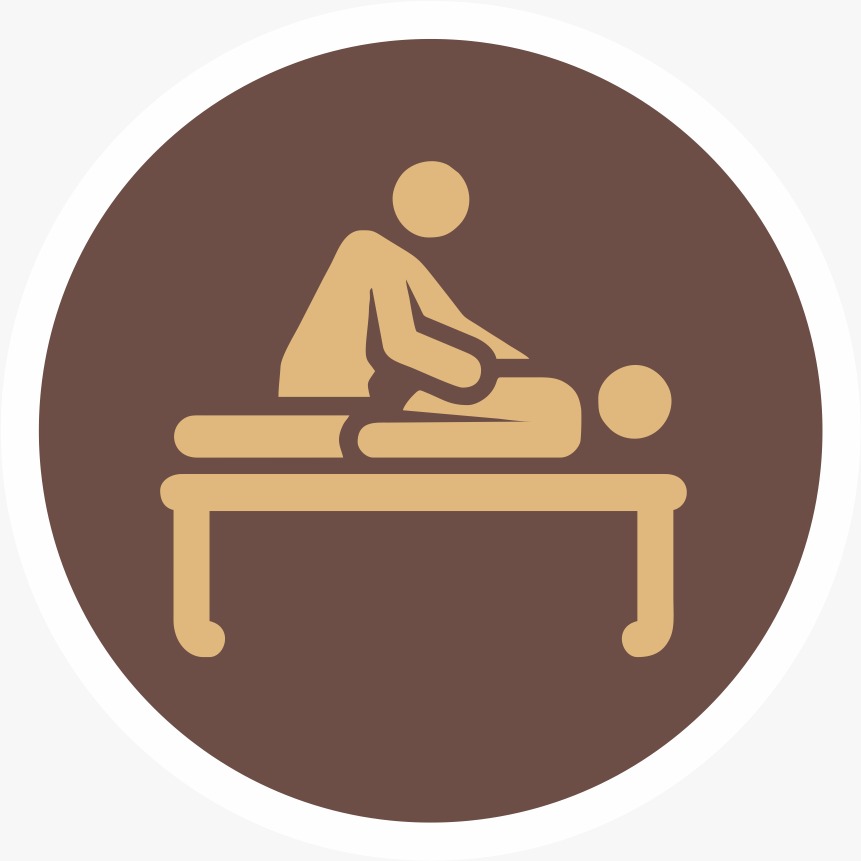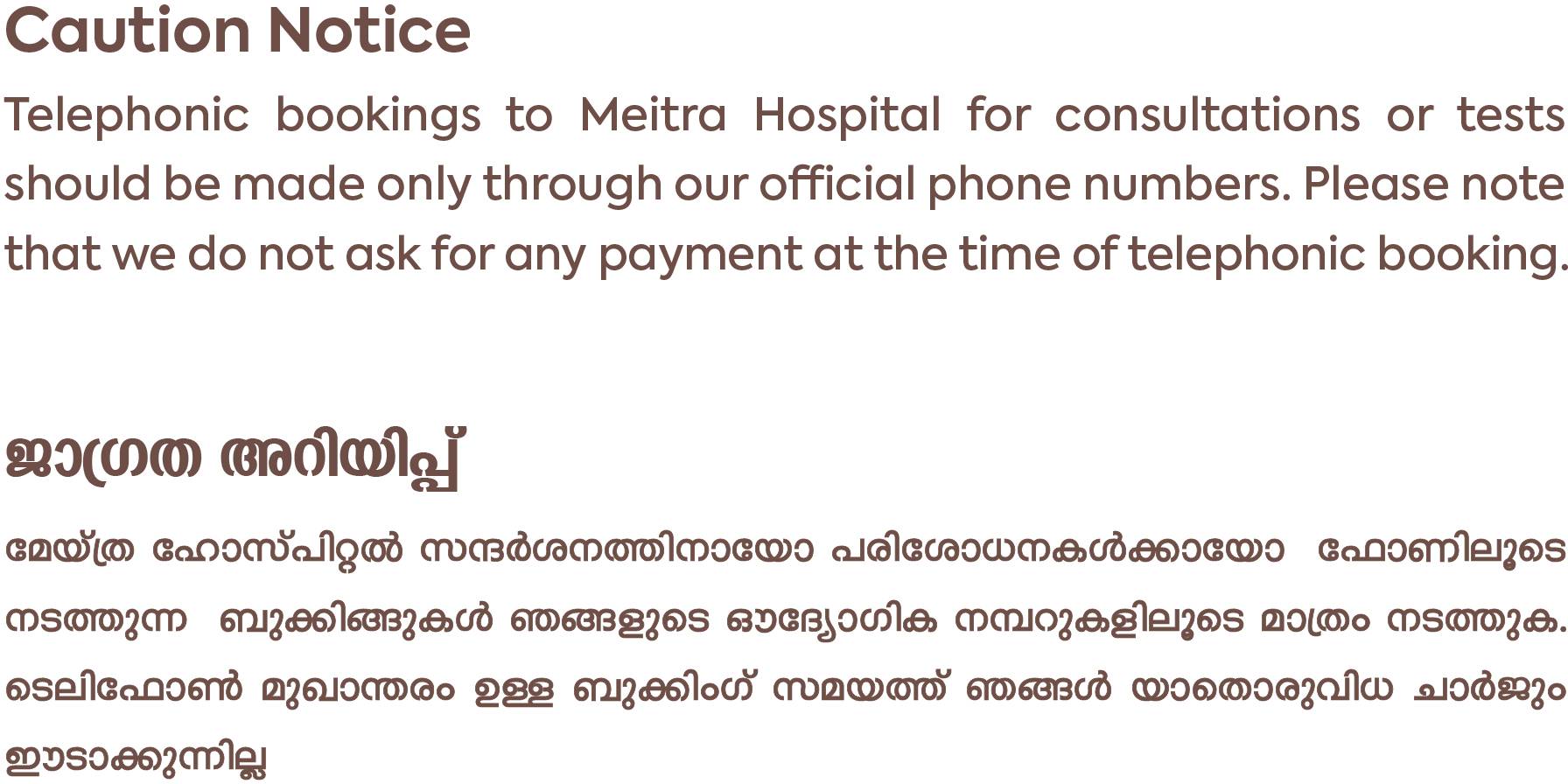- Our Doctors
- Our Specialities
Centres of Excellence
-
 Centre for Blood Diseases, BMT & Cancer Immunotherapy
Centre for Blood Diseases, BMT & Cancer Immunotherapy -
 Centre for Bone, Joint & Spine
Centre for Bone, Joint & Spine -
 Centre for Critical Care Medicine and ECMO Services
Centre for Critical Care Medicine and ECMO Services -
 Centre for Gastrosciences
Centre for Gastrosciences -
 Centre for Heart & Vascular Care
Centre for Heart & Vascular Care -
 Centre for Nephro-Urosciences
Centre for Nephro-Urosciences -
 Centre for Neurosciences
Centre for Neurosciences -
 Centre for Obstetrics and Gynaecology
Centre for Obstetrics and Gynaecology -
 Centre for Organ Transplantation
Centre for Organ Transplantation
Super Speciality
-
 Advanced Diagnostic and Interventional Radiology
Advanced Diagnostic and Interventional Radiology -
 Anesthesiology & Pain Management
Anesthesiology & Pain Management -
 Clinical Nutrition and Dietetics
Clinical Nutrition and Dietetics -
 Dental and Maxillofacial Surgery
Dental and Maxillofacial Surgery -
 Dermatology
Dermatology -
 Emergency and Trauma
Emergency and Trauma -
 Endocrinology and Metabolic Disease
Endocrinology and Metabolic Disease -
 ENT and Head & Neck Surgery
ENT and Head & Neck Surgery -
 Family Medicine
Family Medicine -
 General and Laparoscopic Surgery
General and Laparoscopic Surgery -
 General Medicine
General Medicine -
 GI Onco Surgery
GI Onco Surgery -
 GI Oncology
GI Oncology -
 GI Surgery, Advanced Laparoscopy and Gastro Oncosurgery
GI Surgery, Advanced Laparoscopy and Gastro Oncosurgery
-
- Key Procedures
- Our Hospitals
- International Patient
- Contact us
-
Quick Links


Hernia Repair
A hernia is a protrusion or a bulging of an organ or tissue through an abnormal opening. Types of hernia are inguinal which is common in males, umbilical in females, and femoral, and hiatus hernias. Hernia repair surgery is done if the hernia becomes stuck or strangulated.
How and why it is done?
A hernia is usually treated with surgery. The three main types of hernia surgery are open repair, laparoscopic (minimally invasive) repair, and robotic repair.
Open hernia repair is a traditional method where an incision, or cut, is made in the groin, the hernia is pushed back inside and the abdominal wall is strengthened with a mesh.
Laparoscopic (minimally invasive) hernia repair uses a laparoscope, a thin, telescope-like instrument that is inserted through a small incision at the belly button. Mesh is placed on the inside to cover the defects in the abdominal wall and strengthen the tissue.
Robotic surgery can be used for some smaller hernias, or weak areas, it can now also be used to reconstruct the abdominal wall. One of the biggest differences between laparoscopic surgery and robotic surgery is that the use of the robot provides excellent three-dimensional images of the inside of the abdomen.
Meet Our Doctors
Experienced Medical professionals for a superior patient experience.
Dr. Rohit Ravindran
HOD & Senior Consulta...
Gastrointestinal Surgery
View Profile Book an AppointmentDr. Saji Varghese
Incharge & Senior Con...
General and laparoscopic surge...
View Profile Book an AppointmentDr. Vineeth Rao V
Senior Consultant
General and laparoscopic surge...
View Profile Book an AppointmentDr. Shanavas Kakkat
Senior Consultant - C...
Gastrointestinal Surgery
View Profile Book an AppointmentFrequently Asked Questions
Does the hernia need to be repaired immediately?
In some cases, if the hernia is small, doesn't grow, and doesn't cause any pain or problems, then surgery may not be needed immediately. However, it's important to realize that most of the time, hernias do get larger.
What is the main cause of hernia?
Ultimately, all hernias are caused by a combination of pressure and an opening or weakness of muscle or fascia; the pressure pushes an organ or tissue through the opening or weak spot. Sometimes the muscle weakness is present at birth; more often, it occurs later in life.

 +91 9393 108 108
+91 9393 108 108






















































